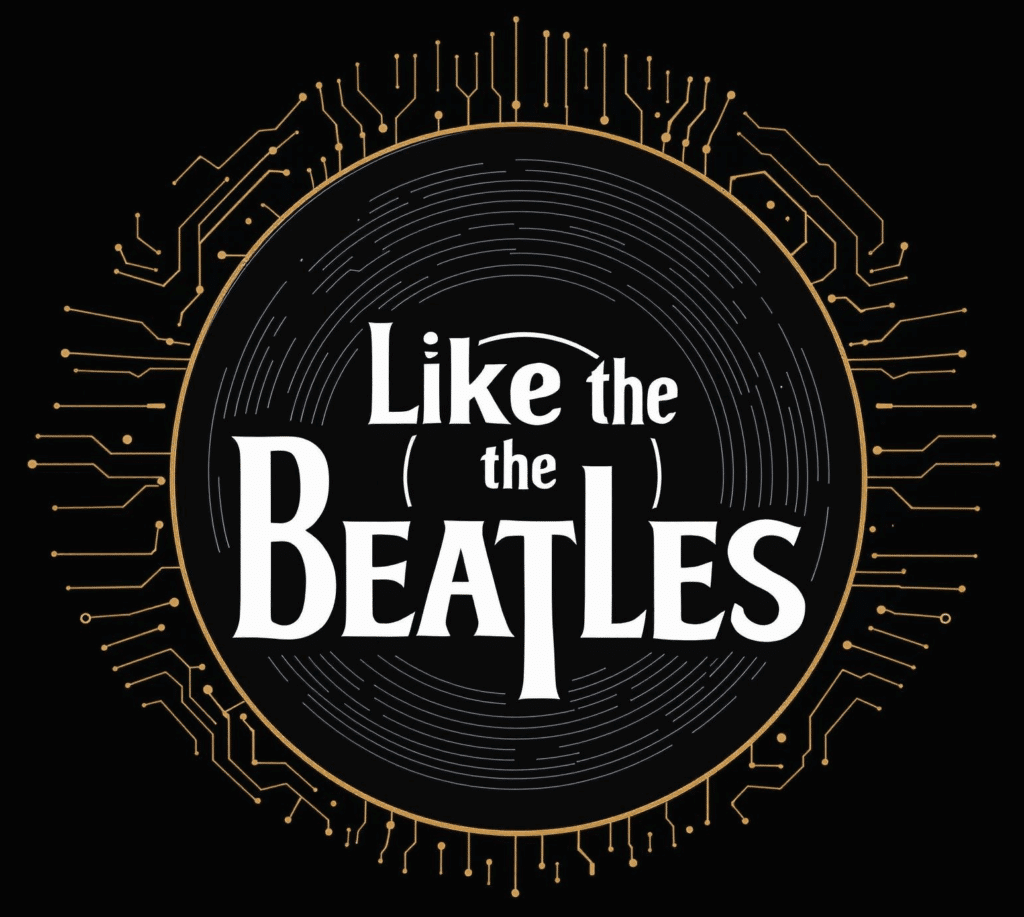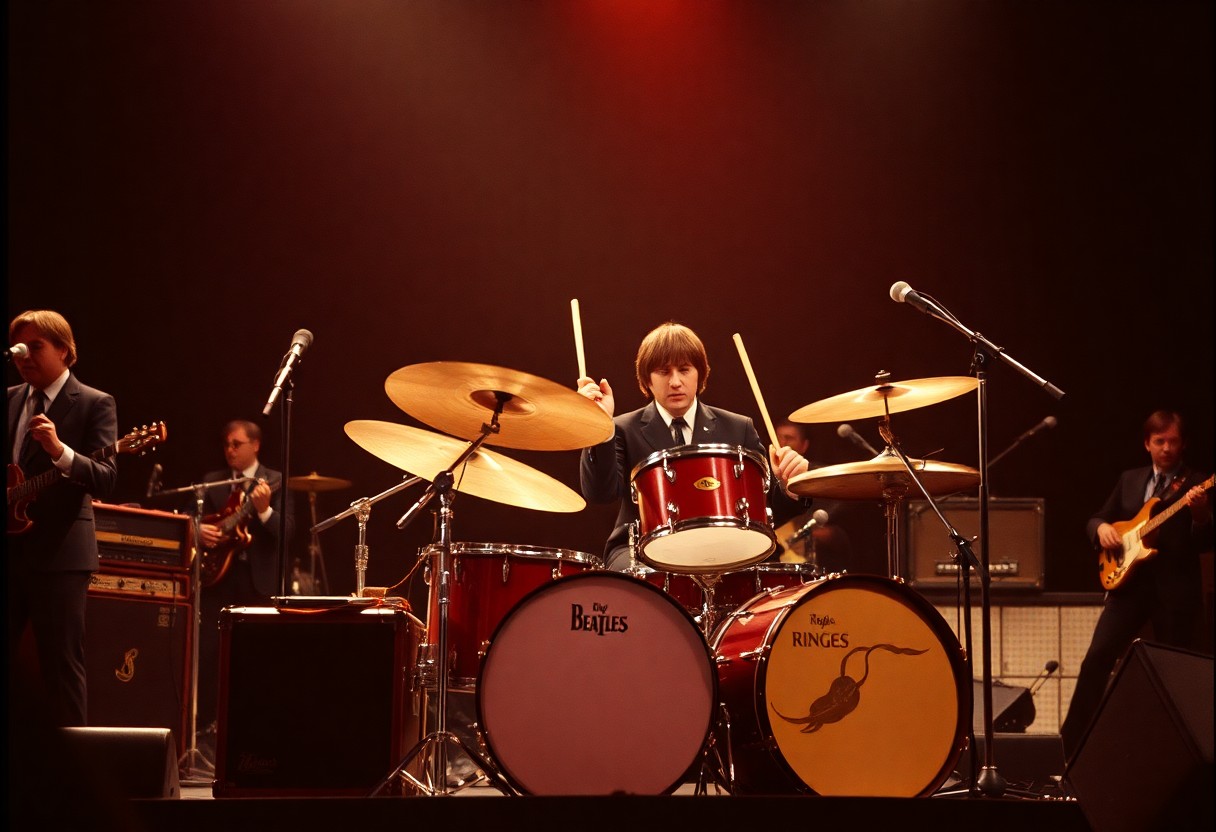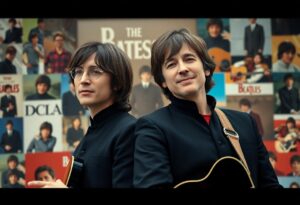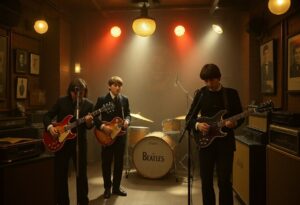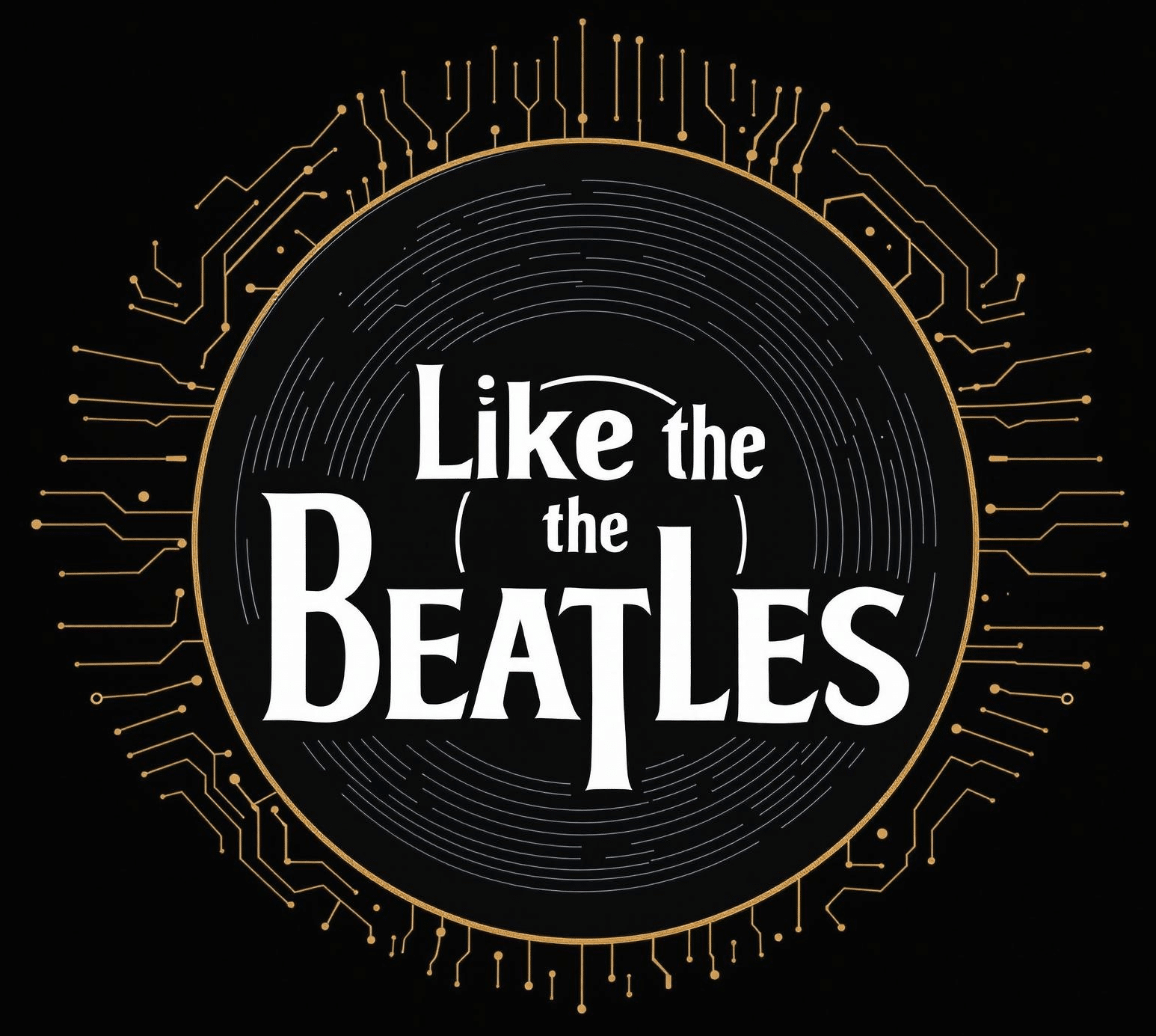Over the years, Ringo Starr’s drumming has emerged as a fundamental element of The Beatles’ sound, shaping their musical identity from their early days in Liverpool to their grand finale. I invite you to explore how Ringo’s unique style, characterized by innovative rhythms and impeccable timing, not only complemented John, Paul, and George but also gave the band a distinctive edge over their contemporaries. You will see how his dynamic contributions helped to define their hits and how they evolved, solidifying The Beatles’ place in music history.
Early Influences on Ringo Starr’s Drumming
The journey of Ringo Starr’s drumming style began long before he joined The Beatles. His early exposure to jazz and rock ‘n’ roll, coupled with the vibrant Liverpool music scene, played a significant role in shaping his rhythmic approach. As he honed his craft, Ringo developed a distinctive sound characterized by a fusion of straight and swing rhythms that set the foundation for The Beatles’ eclectic sound. With every beat, he brought a level of creativity and energy that would ultimately define the band’s legacy.
Background and Musical Upbringing
About Ringo’s upbringing, it’s vital to highlight his challenging childhood. Born Richard Starkey, he grew up in a working-class family in Liverpool, where music became an emotional refuge. After battling some serious health issues, he discovered drumming, picking up influences from the likes of Buddy Rich and Gene Krupa. These formative experiences not only shaped his technical skills but also instilled a strong sense of rhythm and timing that would prove fundamental throughout his career.
Initial Contributions to The Beatles
Ringo’s unique drumming style became a cornerstone for The Beatles’ early sound. It provided a solid backbone and rhythmic foundation for their infectious melodies and harmonies, elevating their music beyond standard pop. He employed innovative techniques, such as using minimalistic fills and syncopated patterns, which added richness to their songs without overwhelming them. Ringo’s contributions were often understated, yet they revealed depth, character, and an unmistakable groove that made their music accessible and memorable.
It was during those early days with The Beatles that Ringo’s energetic drumming truly shined. Songs like “Love Me Do” and “I Want to Hold Your Hand” showcased his ability to blend simplicity with complexity, allowing the band to explore various genres. His knack for creating dynamic drum beats became vital as they transitioned from pop to more experimental styles. By maintaining a consistent yet flexible drumming approach, Ringo effectively bridged the gap between The Beatles’ raw beginnings and their later artistic evolution, cementing his role as an vital member of the band.
Ringo’s Unique Style and Techniques
If you closely examine Ringo Starr’s drumming, you’ll find a distinctive style that set him apart from other drummers of his era. His approach incorporated a blend of rock, pop, and blues, utilizing a relaxed groove that allowed the music to breathe. This innovative technique became a defining characteristic of The Beatles’ sound, ensuring their tracks resonated widely and created a lasting impact on the music world.
Signature Beat and Feel
Below Ringo’s signature beat lies a captivating feel that transformed popular music. His ability to create infectious rhythms was enhanced by his innate sense of timing, allowing each song to flow seamlessly. This remarkable skill not only made the band’s music instantly recognizable, but it also inspired countless drummers who sought to replicate his unique sound.
Use of Non-Traditional Percussion Instruments
Around the time of The Beatles’ evolution, Ringo consistently experimented with non-traditional percussion instruments, infusing their music with refreshing depth and texture. This creative experimentation enabled the band to explore diverse genres, making their sound more intriguing and appealing to a wider audience.
Percussion plays a vital role in how Ringo Starr shaped the sound of The Beatles. He would often incorporate maracas, tambourines, and woodblocks, which added unique layers to the arrangements. For instance, in “Lucy in the Sky with Diamonds,” his use of the tambura introduced a dreamy quality that perfectly suited the song’s surreal lyrics. These choices not only showcased Ringo’s willingness to step outside traditional boundaries but also contributed to the band’s innovative sound. His avant-garde approach reflects a spirit of adventure in music that countless bands have since embraced.
Impact on The Beatles’ Sound Evolution
Despite evolving through various musical phases, Ringo Starr’s drumming consistently shaped The Beatles’ sound. His ability to blend rock, pop, and even experimental approaches opened new avenues for creativity. You can explore discussions on this topic in the Ringo Starr | Drummerworld Forum, where enthusiasts share insights on his influence throughout the band’s trajectory.
Drumming in Early Hits
The rhythmic foundation Ringo provided in early hits like “I Want to Hold Your Hand” helped define The Beatles’ energetic sound. His straightforward yet effective beats, characterized by a strong backbeat, allowed the band to shine, capturing listeners’ attention with infectious grooves.
Contributions to Innovative Album Tracks
Sound experimentation was a hallmark of The Beatles, and Ringo’s drumming played a pivotal role in this evolution. He seamlessly integrated various styles, from jazz influences to unconventional time signatures, showcasing his versatility.
In addition, Ringo’s unique approach allowed for groundbreaking moments, like the use of cymbal swells and unexpected fills in tracks such as “A Day in the Life” and “Tomorrow Never Knows.” His innovative techniques weren’t just about keeping time; they enhanced the narrative of the songs and added depth to The Beatles’ overall sound. This ability to adapt and challenge norms made Ringo a key architect of their progressive approach.
Ringo’s Role in Live Performances
Not only did Ringo Starr provide a solid rhythmic foundation for The Beatles, but his vibrant performances also played a significant role in the band’s overall appeal during live shows. His distinctive style and playing technique complemented the group’s sound, making their concerts unforgettable experiences for fans. Ringo’s blend of simplicity and creativity showcased his expertise, ensuring that he was an integral part of The Beatles’ live identity.
Stage Presence and Energy
Energy defined Ringo Starr’s stage presence, drawing fans into every live performance. His enthusiasm was infectious, as he radiated joy and connectivity through his drumming, encouraging both the band and the audience to engage wholeheartedly. Ringo’s dynamic beats served as a driving force, amplifying the excitement of each song and creating a lively atmosphere that became synonymous with The Beatles’ concerts.
Interaction with Band Members
For Ringo Starr, interaction with his band members was crucial in shaping their live performances. He fostered a collaborative spirit by engaging with John, Paul, and George, creating a bond that elevated their music. By exchanging glances, smiles, and even playful banter, Ringo contributed to a sense of camaraderie that made performances feel intimate, despite the massive crowds. This connection helped the band stay cohesive and tight-knit during their energetic shows.
In addition, Ringo’s interaction with the other band members showcased a sense of mutual respect and understanding. His ability to adapt to the dynamics of the group prompted spontaneous moments that added depth to their performances. The lighthearted connection between Ringo and the other Beatles frequently translated into joyful moments that resonated with the audience, while his cues and rhythmic signals helped maintain the tempo and enhance the overall musical experience. This synergy not only illustrated Ringo’s role as a drummer but also as a pivotal member of the iconic band, further solidifying his impact on their live legacy.
Collaboration and Growth within the Band
For a band as iconic as The Beatles, collaboration and growth were imperative elements that shaped their sound. Ringo Starr’s drumming evolved not only through his own creativity but also through the dynamic interactions with his bandmates. As they explored new musical territories, Ringo adapted his style, reflecting the innovative spirit of the group and contributing significantly to their sonic diversity.
Influences from Other Members
One of the most fascinating aspects of Ringo’s drumming was how it was influenced by the other Beatles. John, Paul, and George each brought their unique musical ideas and styles, prompting Ringo to experiment more with rhythm and technique. Their encouragement led him to incorporate various influences, from rock and roll to world music, creating a distinctive sound that became the backbone of many classic Beatles hits.
Development Over the Years
With the progression of The Beatles’ music, Ringo’s drumming underwent a remarkable transformation. Early on, his style was rooted in simple, lively beats that complemented the band’s pop sensibilities. As the years progressed, Ringo began to embrace more complex patterns and polyrhythms, often using unconventional techniques. In fact, his venture into *experimental syncopation* and *unique fills* during albums like *Revolver* and *Abbey Road* exemplified his growth as a drummer. His pioneering use of *double-tracking* and incorporation of *off-beat accents* not only enhanced the songs but also set a new standard for drumming in popular music. The positive impact of his artistry continues to resonate with drummers and musicians alike today.
Legacy of Ringo Starr’s Drumming
Unlike many drummers, Ringo Starr’s unique style blended simplicity and creativity, leaving an everlasting impact on the world of music. His ability to serve the song while adding distinct character made him not just a member of The Beatles, but a foundational element of their sound. Through innovative fills, steady tempos, and a keen sense of dynamics, Ringo refined the art of drumming in a way that resonates with listeners and musicians alike, ensuring his legacy continues to be felt long after the band’s final notes were played.
Influence on Future Generations of Drummers
Starr’s playing has inspired countless drummers, shaping the way they approach their craft. His mastery of groove and phrasing encouraged future generations to prioritize feel over technicality, showing that a simple beat could hold immense power. Many iconic drummers, from Phil Collins to Dave Grohl, cite Ringo as a significant influence, demonstrating just how far his impact extends beyond The Beatles.
Recognition and Awards
Legacy-wise, Ringo Starr’s contributions to music have not gone unnoticed; he has received numerous accolades throughout his career.
Even after decades in the industry, Ringo’s unique approach to drumming has earned him many prestigious awards, including his 2015 induction into the Rock and Roll Hall of Fame as a solo artist. Additionally, his work with The Beatles has resulted in their 18 Grammy Awards, with Ringo’s drumming often credited as a key factor. His recognition in the music community highlights the lasting influence of his work, making him an enduring icon in rock and pop music.
Summing up
Now, I believe Ringo Starr’s drumming played an important role in defining The Beatles’ sound and style from their early days to their later innovations. His unique blend of simplicity and creativity helped shape their iconic hits, providing a strong rhythmic foundation that allowed the melodies to shine. As your guide, I hope you recognize how Ringo’s distinctive approach to drumming not only supported the band’s musical evolution but also contributed to their enduring legacy in rock history. Without question, his contributions remain a vital part of their story.
